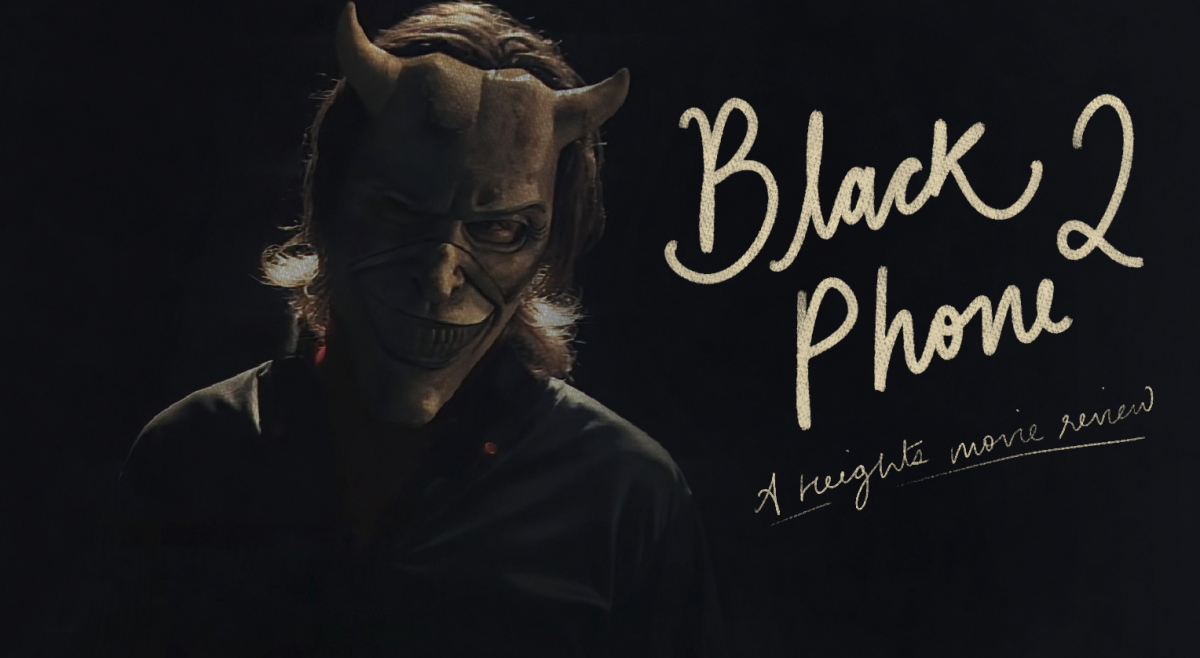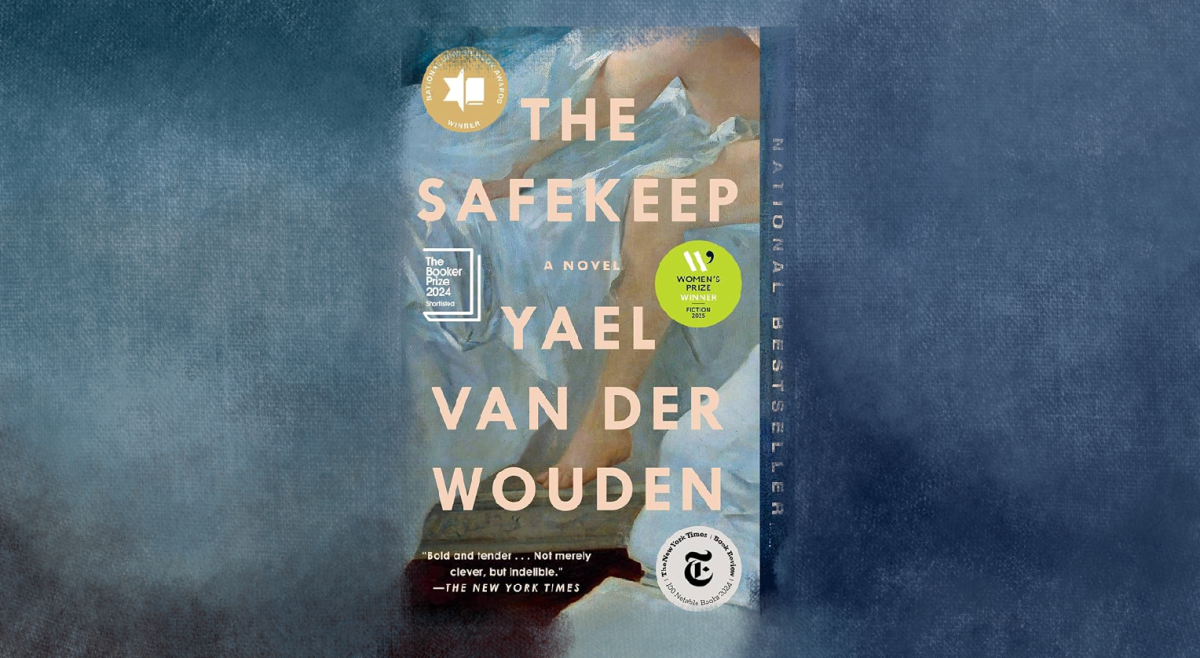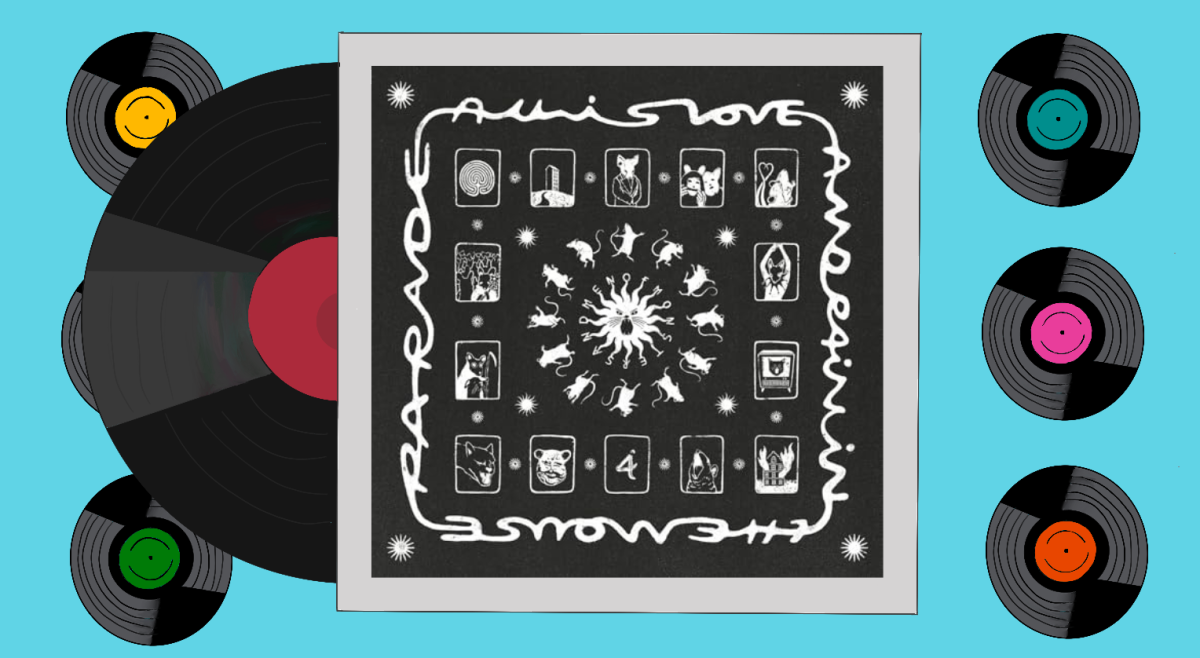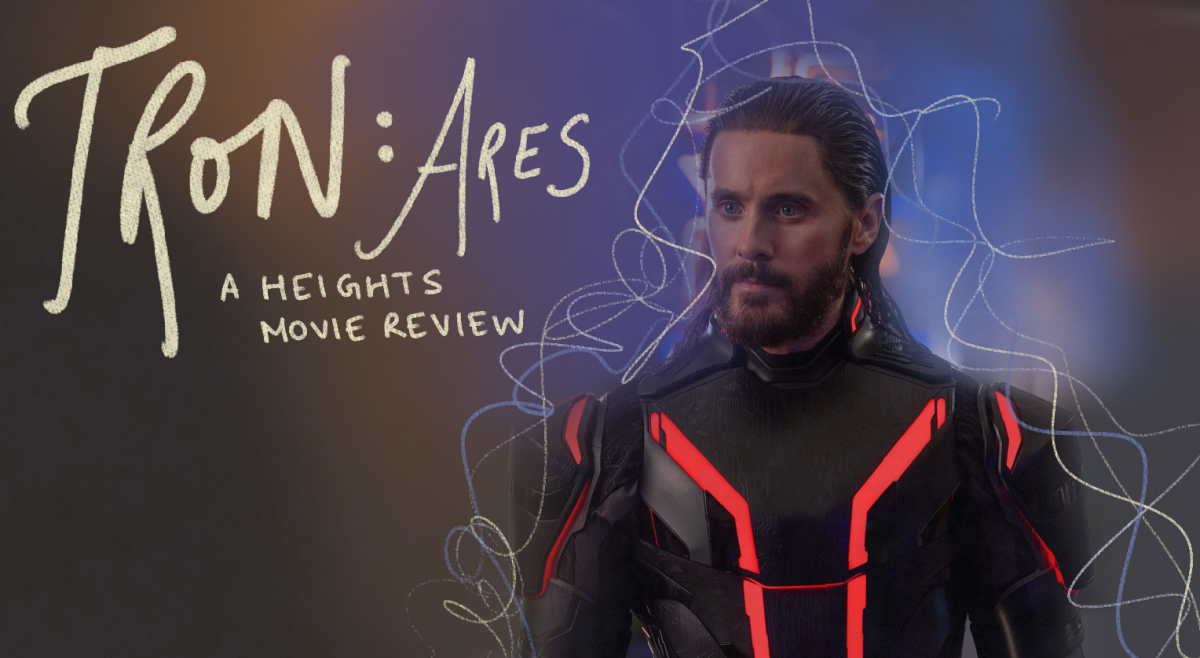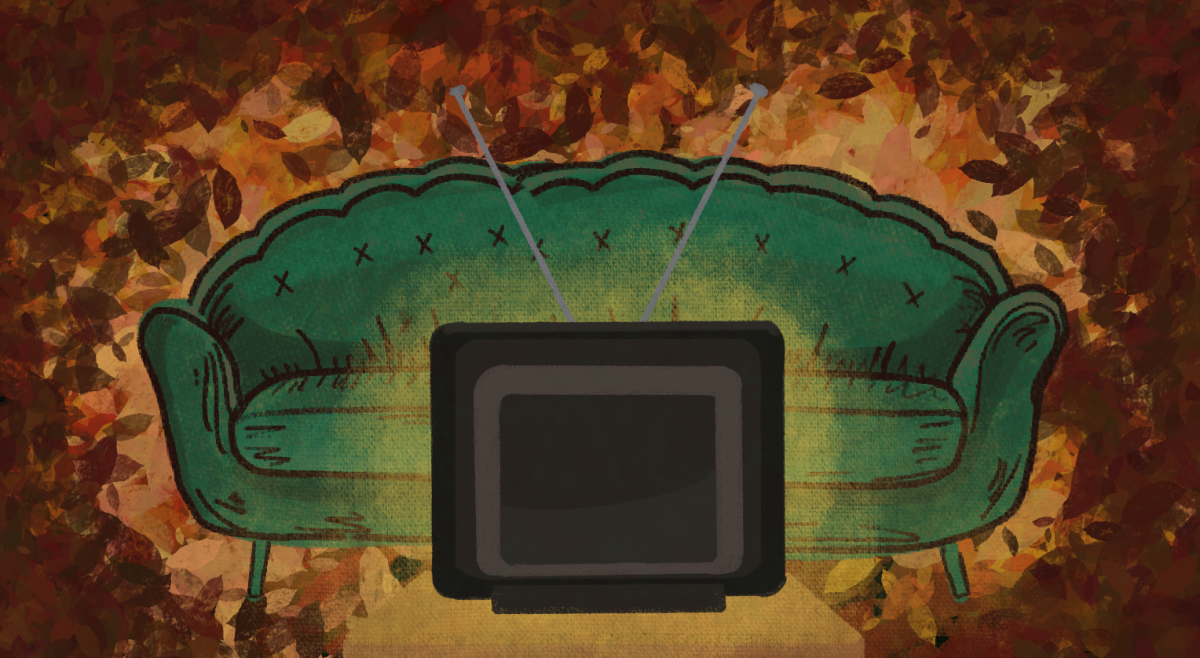Rules—and the ruthless consequences imposed by disobedience—are a common theme of the John Wick franchise.
Spilling blood on the grounds of the Continental Hotel results in excommunication. Any favor results in a blood oath, committing one to the payment of the debt. And above all, coming for John Wick’s (Keanu Reeves) life results in a painful, and often creatively delivered, death.
The unrelenting bounds of rules set up the central conflict of John Wick: Chapter 4—Wick, the unstoppable force, versus the High Table, the immovable object. After violating the High Table’s rules in both 2017’s John Wick: Chapter 2 and 2019’s John Wick: Chapter 3 – Parabellum, Wick looks to conquer the shadowy, all-powerful governing body and return to a life free of its obligations.
The latest entry in the John Wick franchise doesn’t just survive the weight of expectations generated by the critical and commercial success of its predecessors—it finally offers Wick well-earned closure and tidies his narrative in a thematically fitting fashion.
Unlike in the previous two iterations, director Chad Stahelski delays his first major action set piece, instead choosing to gently unfurl his 169-minute long narrative and unveil the film’s primary antagonist. Bill Skarsgård, who plays the arrogant and ambitious Marquis, shines as the villain and adds another layer to the High Table’s rich mythology established in the past films. Marquis wields the might of the High Table to counter each of Wick’s moves, despite never truly getting his hands dirty.
Stahelski’s patience pays off masterfully with a lengthy sequence of aesthetically pleasing violence set in Osaka, Japan—a scene in which a number of additional newcomers make their debuts.
Alongside returning characters like Winston (Ian McShane) and the Bowery King (Laurence Fishburne), these debuts produce mixed results. Caine (Donnie Yen) makes a worthy adversary for his former friend Wick and serves as the film’s emotional pulse.
The film’s other noteworthy addition, however, falters. The Tracker, a poorly written character played admirably by Shamier Anderson, functions more as a flimsy plot device inadvertently keeping Wick alive, rather than a fleshed out character.
The action fully kicks into gear when Winston forms a plan to circumvent the rules set by the High Table to absolve himself and Wick from past transgressions.
In the ensuing scenes, Stahelski and Reeves build off their earlier work, stacking one adrenaline-inducing sequence on top of another. Chapter 4, like its predecessors, rarely offers gimmicks or cheap contrivances. Aside from a few weak attempts at comedic relief, it sticks to what it does best—slick and stylish brutality.
Unlike the computer-generated mush seen in other blockbuster franchises, Stahelski skillfully orchestrates the movie’s practical stunts. Along with the film’s well-executed fight choreography, the vivid colors featured in each shot pop, creating a dazzling symphony of carnage and bloodshed. It’s the kind of cinematic spectacle that theaters were made for.
Reeves again turns in a singular performance as the titular character, adding to an already incomparable legacy and solidifying his spot in the pantheon of great action stars. Reeves’ presentation of the now-iconic brooding assassin is the movie’s foundation, without which it would collapse.
Much like the action sequences which comprise the film, John Wick: Chapter 4 is long, drawn out, and excessive. But what fun would the franchise be if it weren’t? Without its gratuitous, yet artistic, violence, the John Wick movies would be indistinguishable from other less memorable action films.
Stahelski’s willingness to bend the rules—like Wick himself—fueled John Wick’s initial success and will be what keeps the franchise atop the action genre for years to come.



